Bugs that look like cockroaches can cause confusion and concern among homeowners. Some common examples include the Oriental cockroach, which shares a similar dark color and habitat preferences with other roaches but has shorter wings and a broader body. Additionally, ground beetles and certain beetles like the Asian Longhorned Beetle can be mistaken for cockroaches due to their body shape and size, despite their different coloring and wing structure.
Identifying bugs that look like cockroaches can be tricky but important for effective pest management. For instance, beetles such as the wood-boring beetle may be mistaken for cockroaches due to their similar body shape, yet they differ in their habits and impact on household environments.
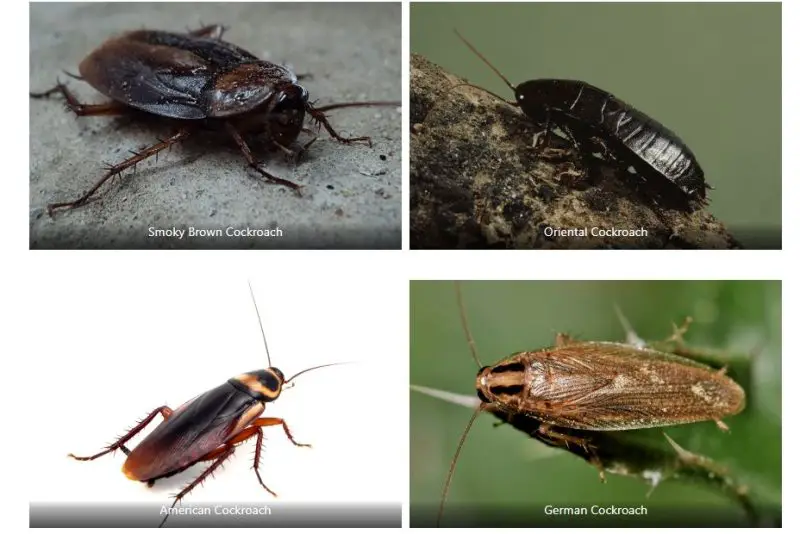
The list of 24 bugs that look like cockroaches is provided in the article below to make it simple for you to identify and manage them in your home.
Different Types of Bugs That Look Like Cockroaches
Bed Bugs
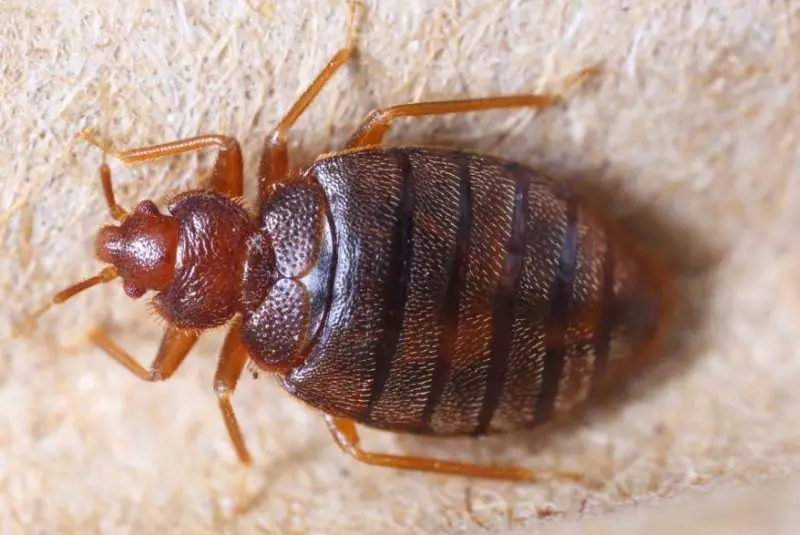
Bed bugs and cockroaches, although often confused, have distinct differences. Bed bugs are smaller, rounded, and mainly found in resting areas like beds. In contrast, cockroaches are larger, oval-shaped, and prefer areas with food or moisture, such as kitchens and bathrooms. Both are fast movers, which can cause confusion when seen quickly. Unlike bed bugs that thrive near humans, cockroaches are more adaptable to various home environments.
Ground Beetles
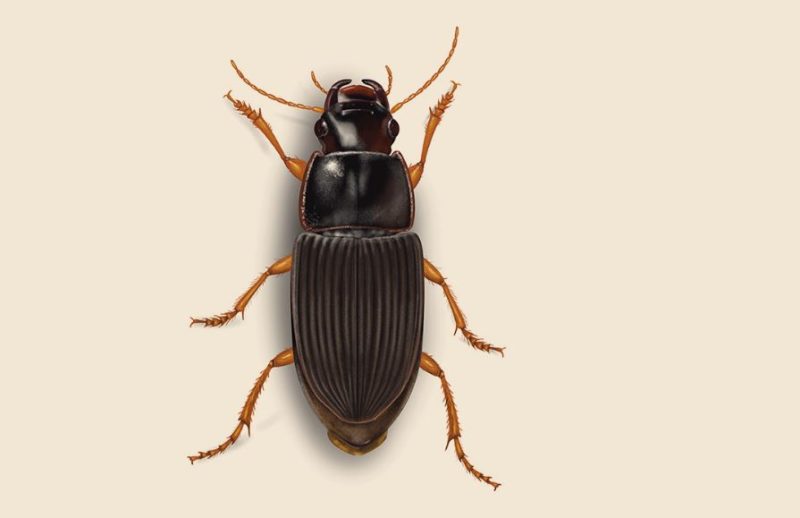
Ground beetles are often mistaken for cockroaches due to their dark, oval-shaped bodies, but they have distinct differences. Ground beetles have hard covers over their wings, unlike cockroaches. Their wing covers settle side by side, while cockroach rings overlap. Additionally, ground beetles move more slowly compared to the fast-scurrying cockroaches, and their antennae are shorter. These features help differentiate ground beetles from cockroaches despite their superficial similarities.
Palmetto Bugs
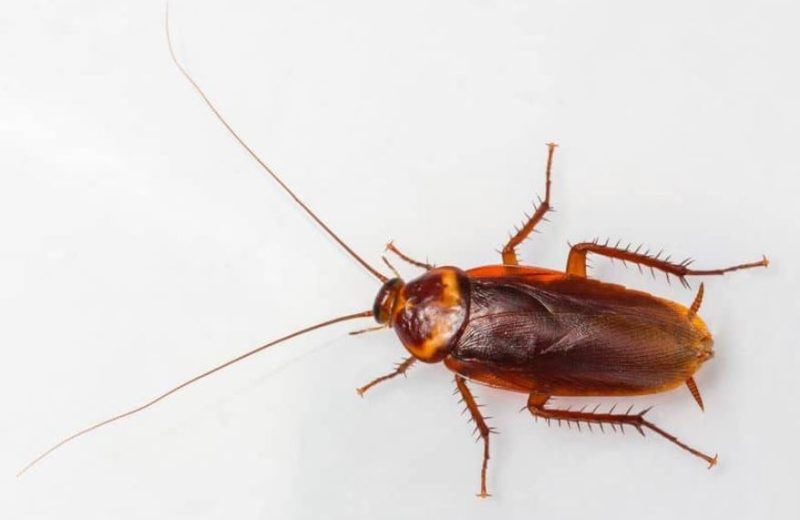
Palmetto bugs are actually a regional term for certain cockroaches, specifically the American and smokybrown cockroaches. Despite the different name, they share the same characteristics as other roaches: oval-shaped bodies, fast movement, and a preference for warm, moist environments. The term “palmetto bug” is commonly used in the southern United States, but it refers to the same insect species that are found elsewhere as cockroaches.
Water Bugs
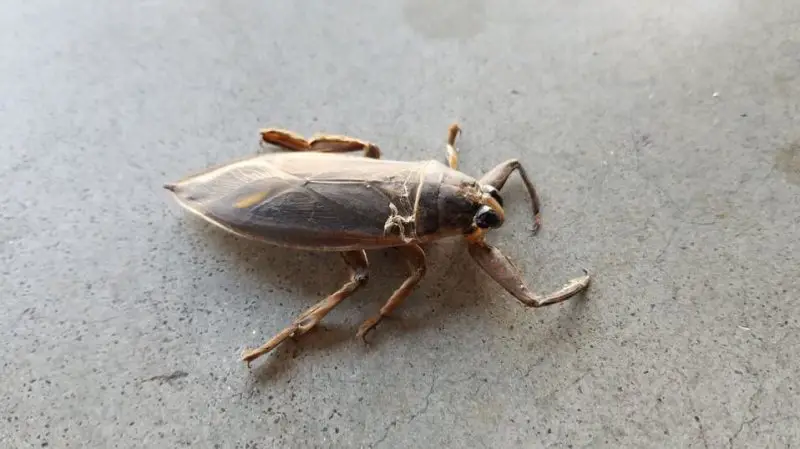
Giant water bugs are often mistaken for cockroaches due to their similar size, profile, and color. However, water bugs are larger and have a short, pointed beak under their heads. Unlike cockroaches that infest basements and cupboards, water bugs prefer to live in water. Additionally, water bugs have shorter antennae compared to the long antennae of cockroaches. Despite their superficial similarities, these distinguishing features can help identify them correctly.
June Bugs
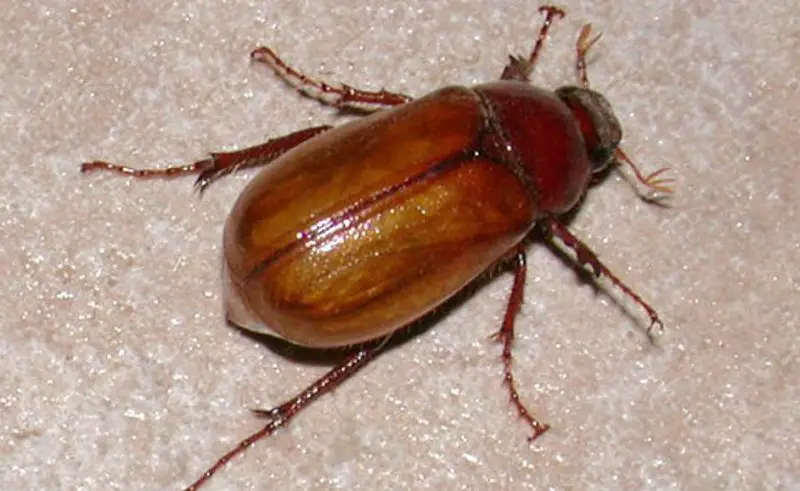
June bugs and cockroaches are often confused due to their similar color, but they have distinct differences. June bugs are smaller, about ½ inch, and have hardened shell covers called elytra. In contrast, cockroaches lack these shell covers and have longer antennae. Additionally, June bugs appear in late spring and early summer, while cockroaches are present year-round. Despite their similar appearance, these characteristics help differentiate them.
Asian Longhorned Beetle
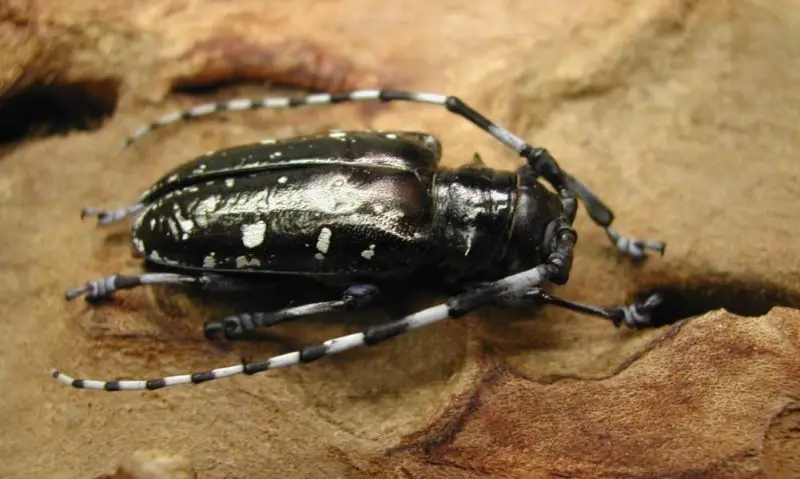
The Asian Longhorned Beetle is often mistaken for a cockroach due to its similar body length and long antennae, which are actually longer than those of cockroaches. However, the Asian Longhorned Beetle has distinct coloration, being black or dark green with white specks, unlike the smooth, consistent color of most cockroaches. These color differences make it easier to distinguish between the two despite their similar body shapes and antennae lengths.
Wood Boring Beetles

Wood-boring beetles are small, reddish-brown insects with oblong bodies, often mistaken for cockroaches due to their color. However, they are much smaller, thinner, and more cylindrical compared to the flatter and larger cockroaches. Wood-boring beetles dig into wood to create egg tunnels, unlike cockroaches that infest various areas in search of food and moisture. These distinct size and shape differences help differentiate them from cockroaches.
Drugstore beetles
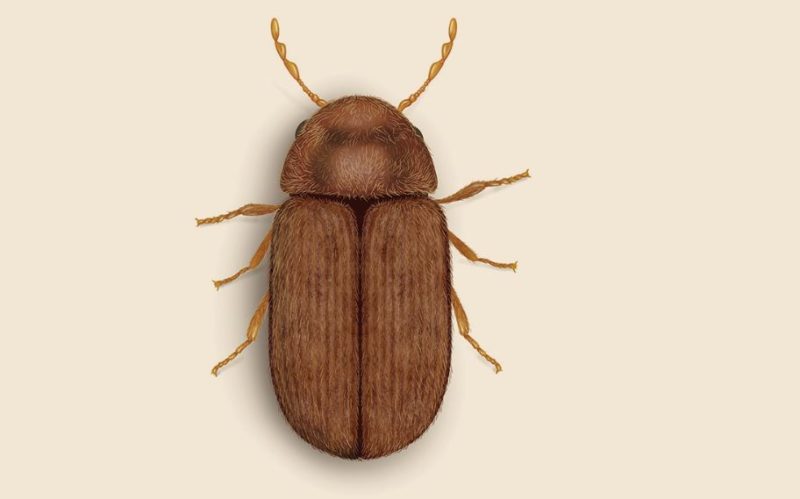
Drugstore beetles are often mistaken for cockroaches due to their reddish-brown color, long antennae, and oblong shape. However, drugstore beetles are smaller, cylindrical, and have wing covers with striations and deep pits, unlike the smooth wings of cockroaches. Drugstore beetles infest stored food items and are commonly found in cabinets and pantries, but they do not spread diseases or bacteria like cockroaches. These differences help distinguish between the two pests.
Cigarette beetles
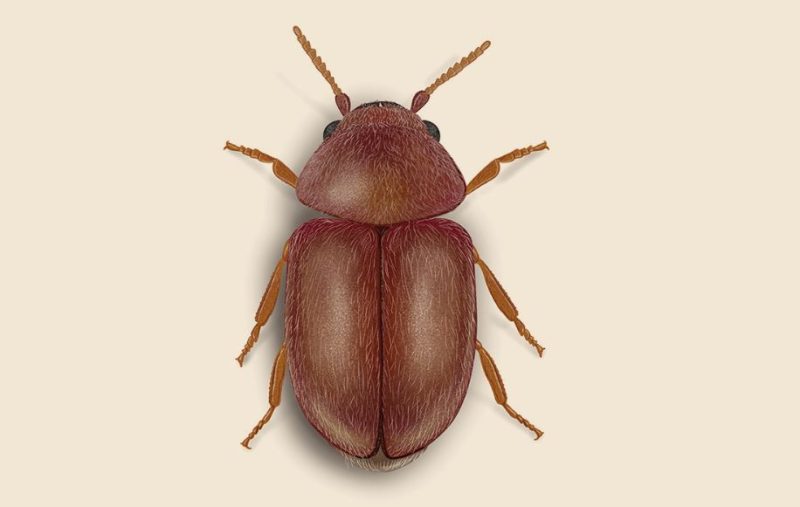
Cigarette beetles are small, reddish-brown insects with serrated, saw-like antennae, slightly rounder than the cylindrical drugstore beetles. They infest tobacco and can be mistaken for fat roaches. However, cigarette beetles have shorter, segmented antennae, unlike the long, wispy antennae of cockroaches. These antennae differences, along with their specific infestation habits, help distinguish cigarette beetles from cockroaches despite their similar appearance.
Palo Verde beetle
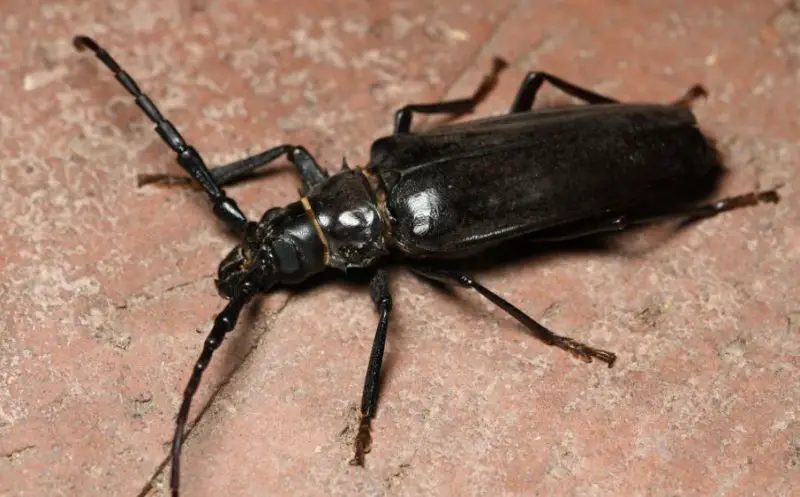
The Palo Verde beetle resembles a cockroach with its longhorn beetle body, reddish dark brown to black coloring, and long antennae. However, key differences help distinguish it from a roach. The Palo Verde beetle’s elytra meet perfectly in the middle of its back, whereas a roach’s wings overlap. Its antennae are long and segmented, contrasting with the roach’s longer, smoother antennae. Additionally, Palo Verde beetles have visible mandibles on their heads, unlike roaches where the mandibles are less distinct. These features make it easier to identify the Palo Verde beetle apart from cockroaches.
Crickets
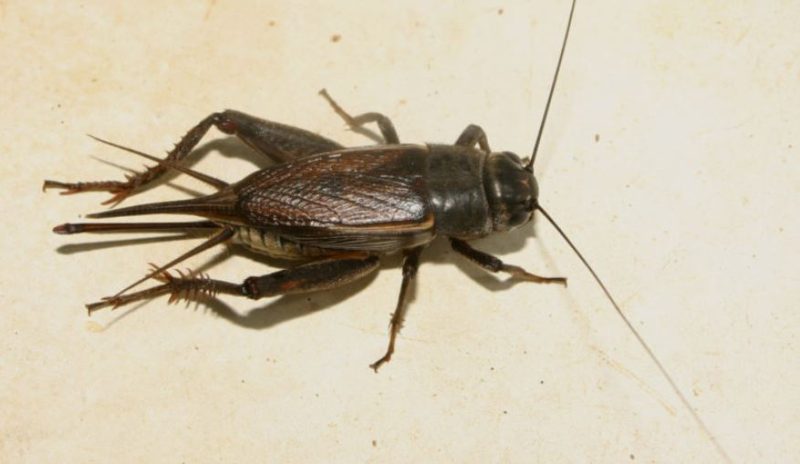
Crickets are often mistaken for cockroaches due to their similar long bodies, wispy antennae, and dark brown or black coloration. They vary widely in size and are common backyard insects. However, crickets can be distinguished from cockroaches by their thinner, more elongated bodies compared to the flat shape of roaches. Additionally, crickets jump and chirp, whereas roaches may fly and do not produce audible noises. These behavioral and anatomical differences help differentiate crickets from cockroaches despite their superficial similarities.
Click beetles
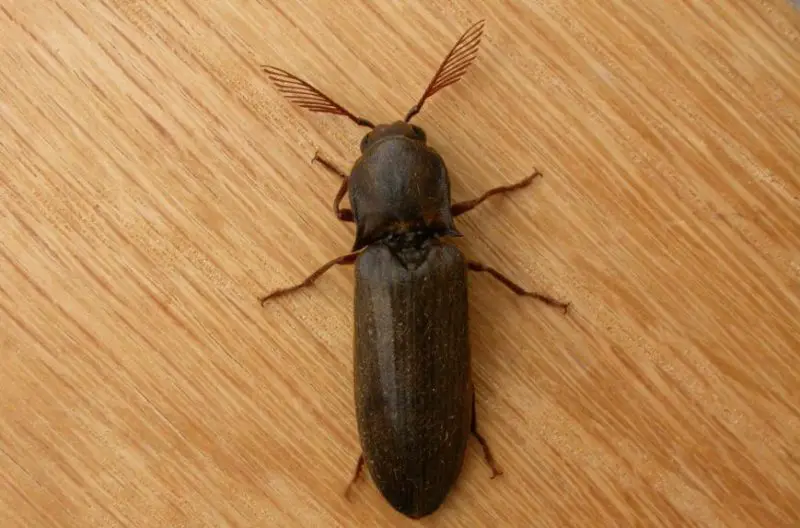
Click beetles can be mistaken for cockroaches due to their similar long and flat body shape, as well as their dark coloration. They have pronounced and ornate antennae, though shorter than those of cockroaches, and they are relatively small in size. Unlike cockroaches, click beetles do not pose health threats to humans, though their larvae can damage crops. Despite their roach-like appearance, click beetles are typically smaller, with antennae resembling antlers rather than the wispy antennae of cockroaches. Their distinctive clicking noise further sets them apart from cockroaches.
Earwigs

Earwigs and cockroaches are often confused due to their dark brown, red, or black colors. Earwigs are small, cylindrical insects with large pincers on their rears, used for self-defense and mating. They have pronounced heads, segmented bodies, and long thoraxes. Both earwigs and cockroaches prefer warm, damp environments. However, earwigs are hunters seeking prey, while cockroaches infest homes looking for food and shelter. The pincers and hunting behavior of earwigs help distinguish them from cockroaches.
House centipedes
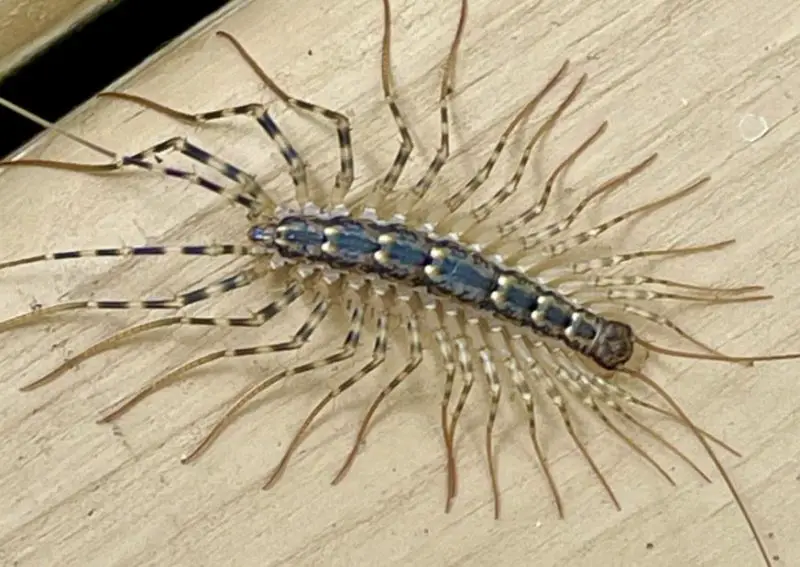
House centipedes are often mistaken for cockroaches due to their speed and long, wispy antennae. However, house centipedes have 15 pairs of legs, with extra long pairs at the rear, and lighter bodies with dark stripes, unlike roaches. These fast-moving hunters are beneficial, as they prey on various pests, including roaches. The key difference is that roaches have only six legs, whereas house centipedes have many more, making it easy to tell them apart once you count the legs.
Stink bugs
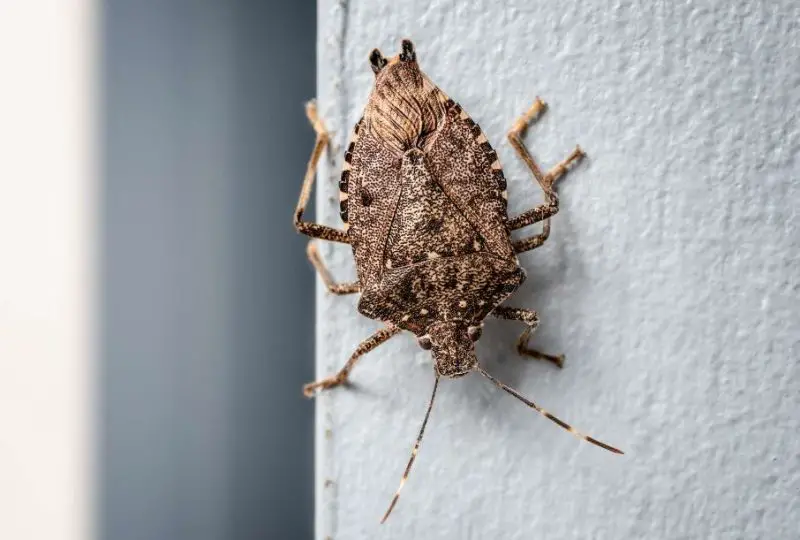
Stink bugs and cockroaches can be confused due to their clumsy flight, but they have distinct differences. Stink bugs are squat, shield-shaped insects, usually green or brown, and about the size of a dime. They walk slowly and release a strong odor when threatened. In contrast, cockroaches have elongated bodies and are more agile movers. The distinct shape and defensive odor of stink bugs make them easily distinguishable from cockroaches.
Boxelder Bugs
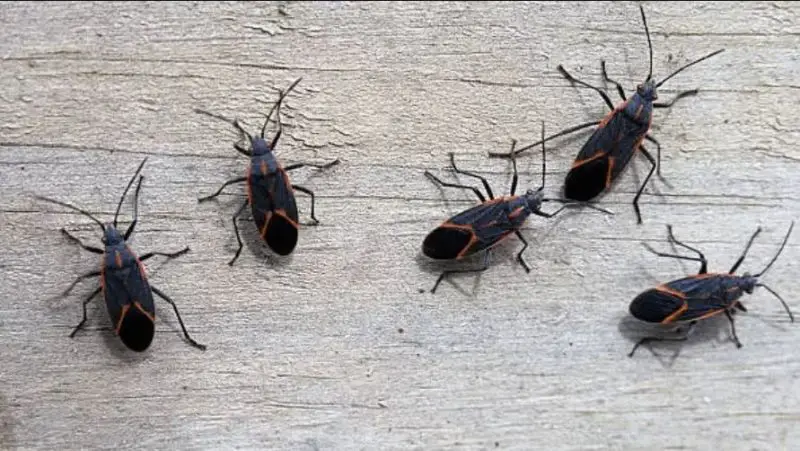
Boxelder bugs and cockroaches can appear similar due to their oblong shape and overlapping wings. Boxelder bugs are about ½-inch long, mostly black with bright red or orange markings on their wings, and have relatively long, segmented antennae. While their shape and profile resemble some smaller roach species, the key differences are the bright red or orange markings and the shorter, segmented antennae of boxelder bugs. These distinguishing features make it easier to tell them apart from cockroaches.
Fleas
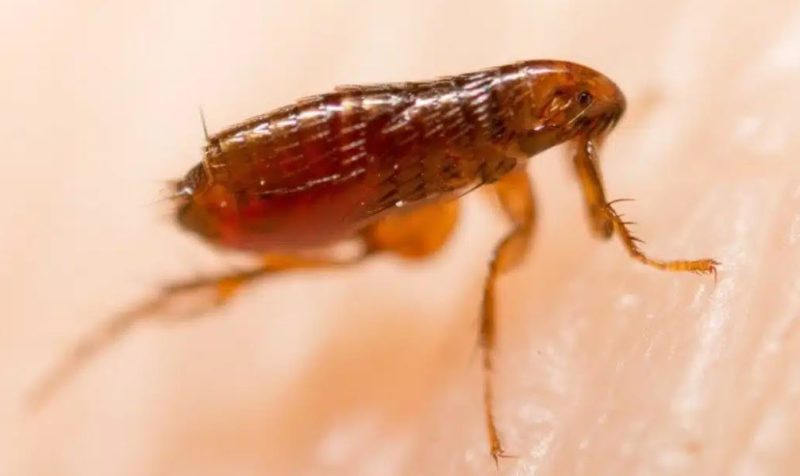
Fleas and cockroaches are sometimes confused due to their quick movements, but they have distinct differences. Fleas are very small, dark ovals with powerful back legs used for jumping. In contrast, cockroaches are larger and do not jump. Even cockroach nymphs are bigger than fleas. When distinguishing between the two, remember that fleas are tiny jumpers, while cockroaches are larger and move by running rather than jumping.
Grasshoppers
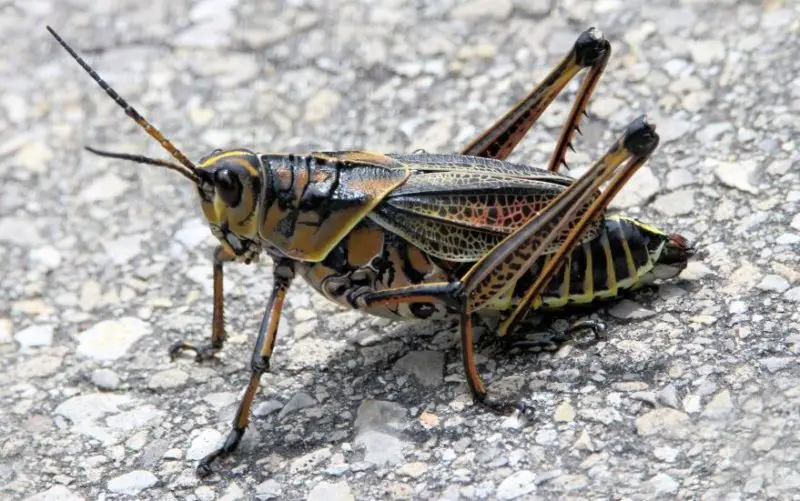
Grasshoppers and cockroaches can be mistaken for each other due to their long bodies and pronounced antennae. Grasshoppers, however, are usually lighter in color, ranging from tan to brown with bits of black or bright colors. They have strong back legs for jumping and can also fly. In contrast, cockroaches are darker and do not make chirping noises. Grasshoppers’ bright colors, jumping ability, and chirping set them apart from the more uniformly brown, non-jumping cockroaches.
Termites
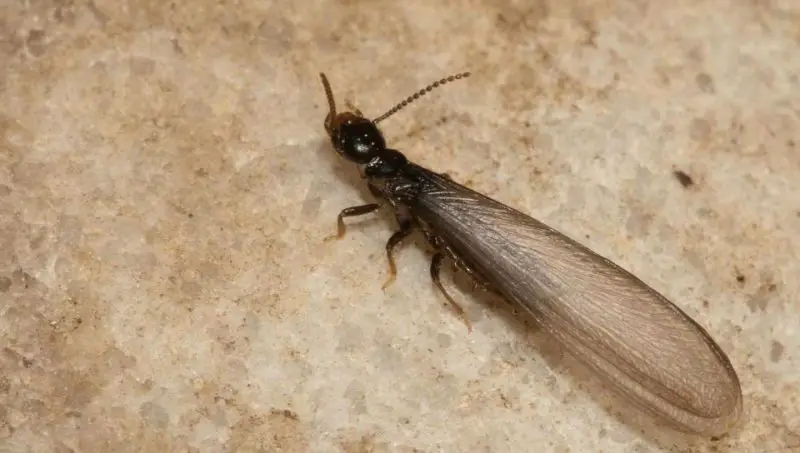
Termites and cockroaches are rarely confused, but they are distant relatives. Research from the Natural History Museum in London found that termites evolved from cockroaches. Termites are usually lighter in color and have a more uniform body shape, while cockroaches are darker and have segmented bodies. Termites also have straight antennae and are known for their wood-destroying behavior, unlike cockroaches. These distinctions make it simple to tell them apart even if they share an evolutionary history.
Firebrat
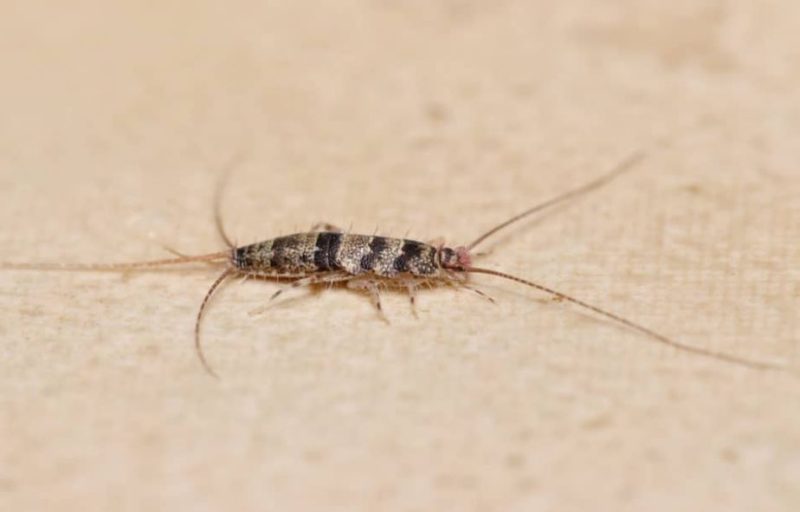
Firebrats can be mistaken for cockroaches due to their shape, but they have distinct differences. Unlike cockroaches, firebrats have three long, straight cerci at their rear and lack the silvery appearance of their silverfish relatives. They are fast movers, which can cause confusion, but their diet of textiles rather than food scraps sets them apart. Additionally, firebrats have a more elongated and slender body compared to the broader, flatter shape of cockroaches.
Pill Bug
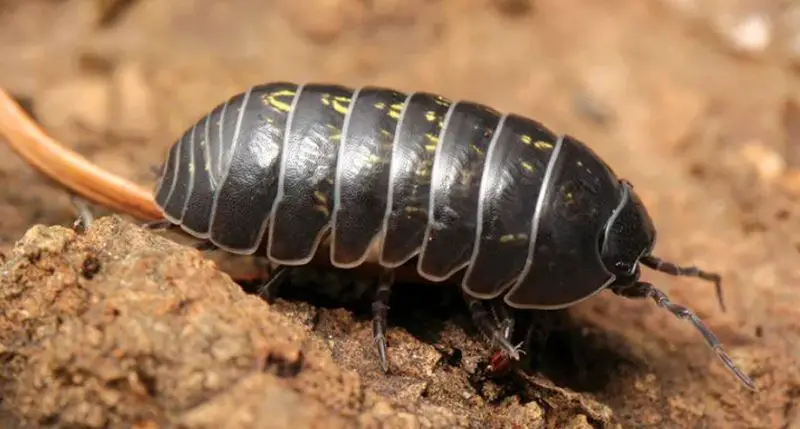
Pill bugs, also known as roly-polys or woodlice, can be mistaken for cockroaches when they wander indoors. These tiny crustaceans are famous for rolling into a ball when threatened. While they don’t resemble cockroaches much, their presence indoors often leads to confusion. Both pill bugs and cockroaches seek moist environments, frequently ending up in kitchens, basements, and bathrooms. However, pill bugs have a round, segmented appearance distinct from the flat, oval shape of cockroaches.
Silverfish
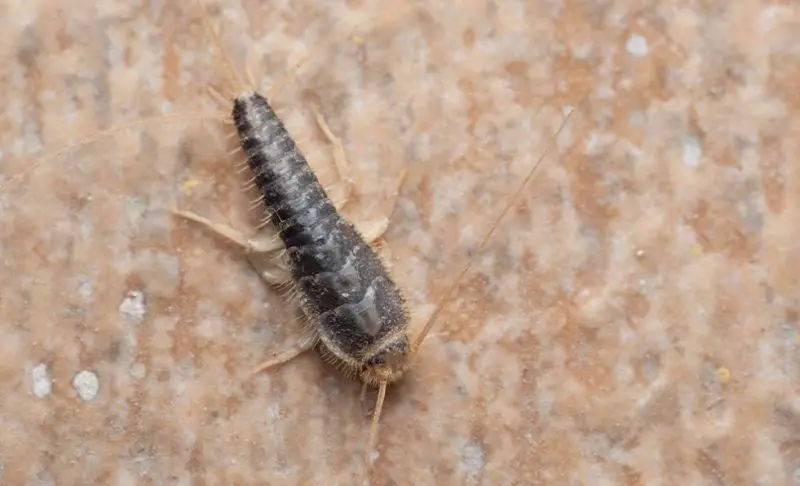
Silverfish and cockroaches can be confused due to their shared love for moist environments and ability to contaminate food. However, silverfish have a distinct teardrop shape, silvery coating on some species, and three long cerci at their rear. Unlike cockroaches, which are darker and broader, silverfish exhibit a fishlike, wriggling movement and shy away from light. These characteristics, along with their speed, help distinguish silverfish from cockroaches despite occasional cases of mistaken identity.
Rove Beetle
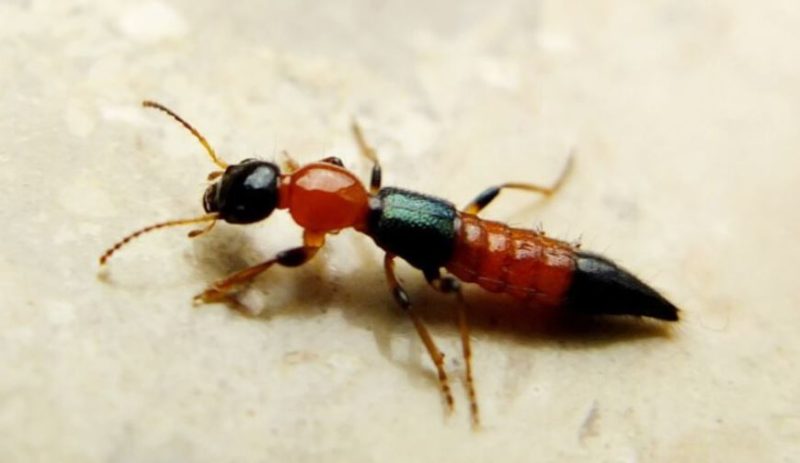
Rove beetles can resemble cockroaches in body shape but lack wings and are primarily found outdoors in gardens. Unlike roaches, they do not carry diseases and feed on plants rather than rotting matter or food scraps. These differences in habitat, diet, and lack of wings help distinguish rove beetles from cockroaches, despite their superficial similarities in body shape.






